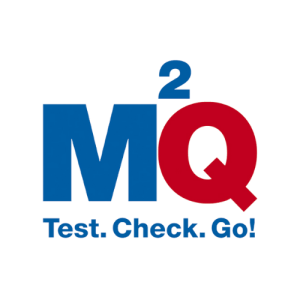Test Management
Get rid of inefficient testing processes
and costly defects.
It’s time to take action and implement effective test management strategies in your enterprise.
With the right test management tools and processes, you can improve the quality of your products, reduce testing time, and ultimately deliver better results to your customers. Don’t wait any longer and invest in test management today and see the benefits for yourself and your customers.
Home » Test Management
WE CARE FOR
Structure in the testing process
We help you implement the right tools with the right process to reassert control over your testing process.
Integration test automation
We provide one clear picture in terms of quality and "release-readiness."
Control test automations
With the right test management tools, you can track availability, allocation and setups used.
Defect & Requirement management
We provide an integrated total test management solution with your chosen solutions.
Defining measurement data
We provide the insights you need to guide your team through those crucial release decisions.
Implementing dashboards
We implement dashboards with essential insights that your team needs when making critical release decisions.
with our
Quality-oriented services:
Certified Engineers
To ensure the quality of our services, all test engineers are ISTQB certified.
Driven Test Managers
M2Q Test Managers manage both in-house M2Q test teams and company-owned test teams.
Training & Coaching
With the M2Q Training and Coaching programs, your Team will be trained and coached in a practical way.

